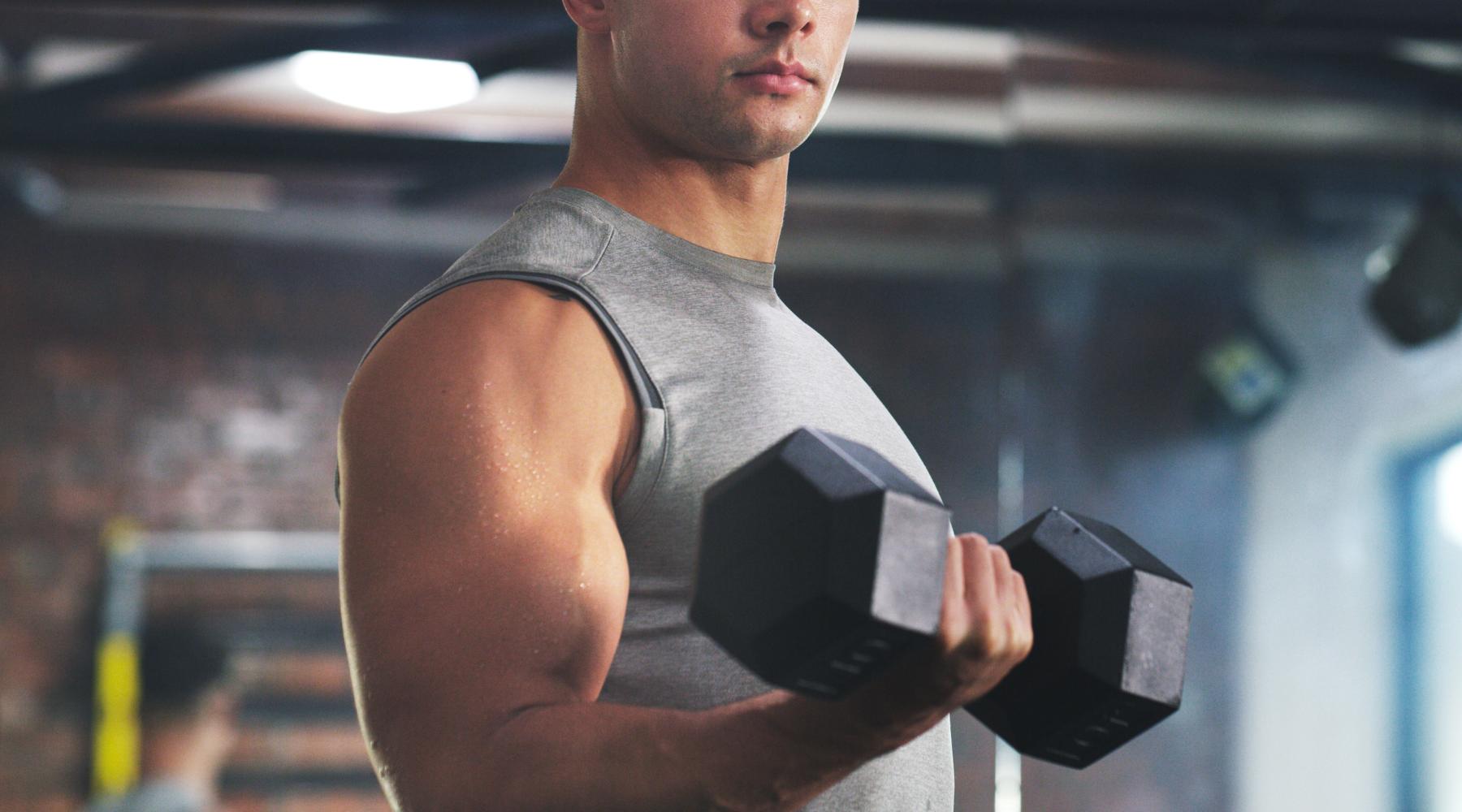Chair Yoga is a gentle practice that allows individuals of various abilities and ages to experience the remarkable benefits that traditional yoga provides. By performing known yoga poses while seated or with the aid of a chair, this type of practice allows for many benefits and is especially suited for beginners or people with physical limitations.
The beauty of chair yoga is its versatility. This practice isn't limited to people who need the aid of a chair for balance and support. Elements of chair yoga can seamlessly complement a regular Hatha yoga class. For people who struggle with balance or find transitioning to the floor challenging, chair yoga is the bridge to accessing the benefits of yoga without compromising safety or comfort.
What is Chair Yoga?
Chair yoga is an adaptation of traditional yoga, where postures are modified to be performed while seated or with the support of a chair. This practice provides a suitable way for those with physical disabilities, seniors, beginners, and everyone else seeking a gentle approach to yoga to practice it with comfort and ease.
Some chair yoga poses can also be incorporated into regular yoga classes, as a way to assist people with balance issues or anyone who has trouble getting with getting down and then back up while practicing poses.
Just about any yoga pose can be adapted for chair yoga, including backbends, twists, hip openers, and forward folds. When standing poses are included in a chair yoga class, the chair is usually meant to help with and improve balance.
Can Chair Yoga Aid With Weight Loss?
To reach weight loss you need to apply a simple formula: expend more calories than you consume.
On average, an individual may burn around 100-200 calories per hour during a chair yoga session. For comparison, walking at a moderate pace for one hour can burn around 250-300 calories. Swimming laps for an hour can burn about 400-500 calories. Running at a moderate pace for one hour can burn around 600-700 calories.
Read more: Incline Walking for Weight Loss: Burn Calories with Every Step
While chair yoga doesn't burn as many calories as typical high-intensity workouts, it still contributes to weight management and it offers several benefits that can lead to overall improvements to your health and fitness.
Benefits of Practicing Chair Yoga
The virtues of an active lifestyle are well-established, and chair yoga serves as a potent yet accessible form of exercise for everyone. As you embark on your chair yoga journey, you will reach a palpable sense of ease that permeates your body. Over time, tension and stiffness lead to newfound freedom, enabling the performance of everyday tasks with renewed vigor.

The practice of chair yoga is a gateway to numerous benefits, including:
-
Increased Flexibility: Chair yoga defies the notion that flexibility dwindles with age. This practice encourages a full range of motion, fostering increased flexibility and mobility at any stage of life.
-
Improved Strength: By employing various muscles in yoga poses, practitioners build strength. Enhanced muscle strength leads to improved balance, reducing the risk of falls and injuries. A stronger body also boasts better injury resistance and a more efficient metabolism.
-
Enhanced Self-Awareness: The rhythmic flow between poses cultivates a heightened sense of body awareness. Such awareness enhances proprioception, which translates to improved coordination and overall physical confidence.
-
Reduced Stress: Chair yoga interweaves mindfulness into its fabric. Attention to movement, breath, and body responses creates a moving meditation that quells stress, fosters relaxation and nurtures mental clarity.
-
Improved Pain Management: The practice prompts the release of natural pain-relieving agents like endorphins. Gentle movements, coupled with deep breathing and mental imagery, arm practitioners with techniques to manage pain even outside the yoga session.
-
Better Sleep: Chair yoga bolsters a positive perspective on life, promoting reduced stress, fewer headaches, and, consequently, improved sleep quality. The mind-body experience nurtured by chair yoga extends its soothing effects to slumber.
Is Chair Yoga Right for You?
Because of the inherent versatility of chair yoga, it can benefit a wide range of people. The low-impact nature of the poses practiced makes it a suitable form of exercise which several groups can benefit from.
-
Seniors: Chair yoga addresses the mobility challenges commonly faced with aging, enhancing muscle strength and joint health, all while minimizing the risk of falls and injuries, more common when performing traditional exercises.
-
People with Disabilities: Traditional yoga may be inaccessible for those with physical disabilities, but chair yoga offers a tailored approach that can be better adapted to suit their specific needs, without causing strain or discomfort.
-
Office Workers: The sedentary lifestyle often adopted by office workers can contribute to poor posture and stiffness. Chair yoga is a convenient way to counteract the effects of prolonged sitting, relieving tension during the workday, and easily fitting into their routine.
-
Pregnant Women: With medical approval, chair yoga can be a safe way for pregnant women to stay fit, relieve discomfort, and promote relaxation during pregnancy.
-
People Recovering From Injuries: For people in recovery, chair yoga is a gentle way to move to support healing, without the risk of aggravating injuries. Because chair yoga is a low-impact form of exercise, it promotes flexibility and helps rebuild strength without extensive muscle or joint strain.

-
Overweight People: People who are overweight might find it discouraging to practice high-intensity workouts initially. Chair yoga is an ideal starting point for those new to exercise, fostering strength, flexibility, and confidence.
-
People with Chronic Pain: Chair yoga's gentle stretches and movements can alleviate chronic pain and stiffness, enhancing overall quality of life.
-
Beginners to Yoga: Chair yoga serves as an accessible introduction to yoga, helping beginners grasp foundational principles and poses.
-
Athletes in Recovery: During rest days or recovery periods, athletes can turn to chair yoga for a restorative practice that maintains strength and mental focus.
Getting Started with Chair Yoga
For those eager to embark on a chair yoga journey from the comfort of their home, a sturdy chair is all that's needed. Choose a chair with a seat that allows your hips to rest slightly above your knees, ensuring your feet can rest flat on the floor. Stability is crucial, so placing the chair on a non-slip surface or using a yoga mat is advisable.
Props like blocks, straps, and resistance bands, commonly used in mat-based practices, aren't mandatory for chair yoga, but they can introduce an extra layer of challenge. The emphasis lies in engaging muscles that might have been dormant for a while, all without risking strain or instability.
6 Chair Yoga Exercises You Can Do at Home
Chair yoga poses allow you to embrace movement, flexibility, and strength from a seated position. The following poses can be practiced individually or woven into a sequence tailored to your time and ability:
- Seated Cat-Cow Pose:
- Sit on the edge of the chair with your feet flat on the floor and your hands on your thighs.
- Inhale, arch your back, lift your chest, and look up (Cow Pose).
- Exhale, round your spine, tuck your chin to your chest, and draw your belly button towards your spine (Cat Pose).
- Repeat the sequence several times, syncing movement with your breath.
- Seated Twist:
- Sit tall with feet flat on the floor and hands resting on your thighs.
- Inhale, lengthen your spine, and as you exhale, twist your torso to the right, placing your left hand on the right knee and right hand behind you on the chair.
- Hold the twist for a few breaths, feeling the gentle stretch along your spine.
- Inhale to center and repeat the twist on the other side.
- Seated Forward Fold:
- Sit on the edge of the chair with feet hip-width apart.
- Inhale, lengthen your spine, and as you exhale, hinge at your hips to fold forward, allowing your hands to reach for your feet or the floor.
- Keep your back straight and avoid rounding your shoulders.
- Hold the forward fold for a few breaths, then inhale to come back up.

- Chair Pigeon Pose/Hip Opener:
- Sit on the edge of the chair and place your right ankle on top of your left knee.
- Flex your right foot and gently press the right knee towards the floor.
- You should feel a stretch in your right hip.
- Hold the pose for a few breaths, then switch to the other side.
- Seated Chest Opener:
- Sit towards the front of the chair with feet flat on the floor.
- Interlace your hands behind your back and straighten your arms, squeezing your shoulder blades together.
- Lift your chest and gently tilt your head back if comfortable.
- Hold the pose for a few breaths, feeling the opening in your chest and shoulders.
-
Final Relaxation: Close your practice by sitting quietly, absorbing the benefits of your session.
Chair yoga encapsulates the essence of inclusivity, proving that yoga is truly for everybody. This gentle practice bridges the gap for those seeking a kinder approach to exercise, offering a pathway to strength, flexibility, and mindfulness. As you explore the world of chair yoga, may you discover that the boundaries of your practice are defined only by your willingness to embrace the transformative power of movement, breath, and stillness.




